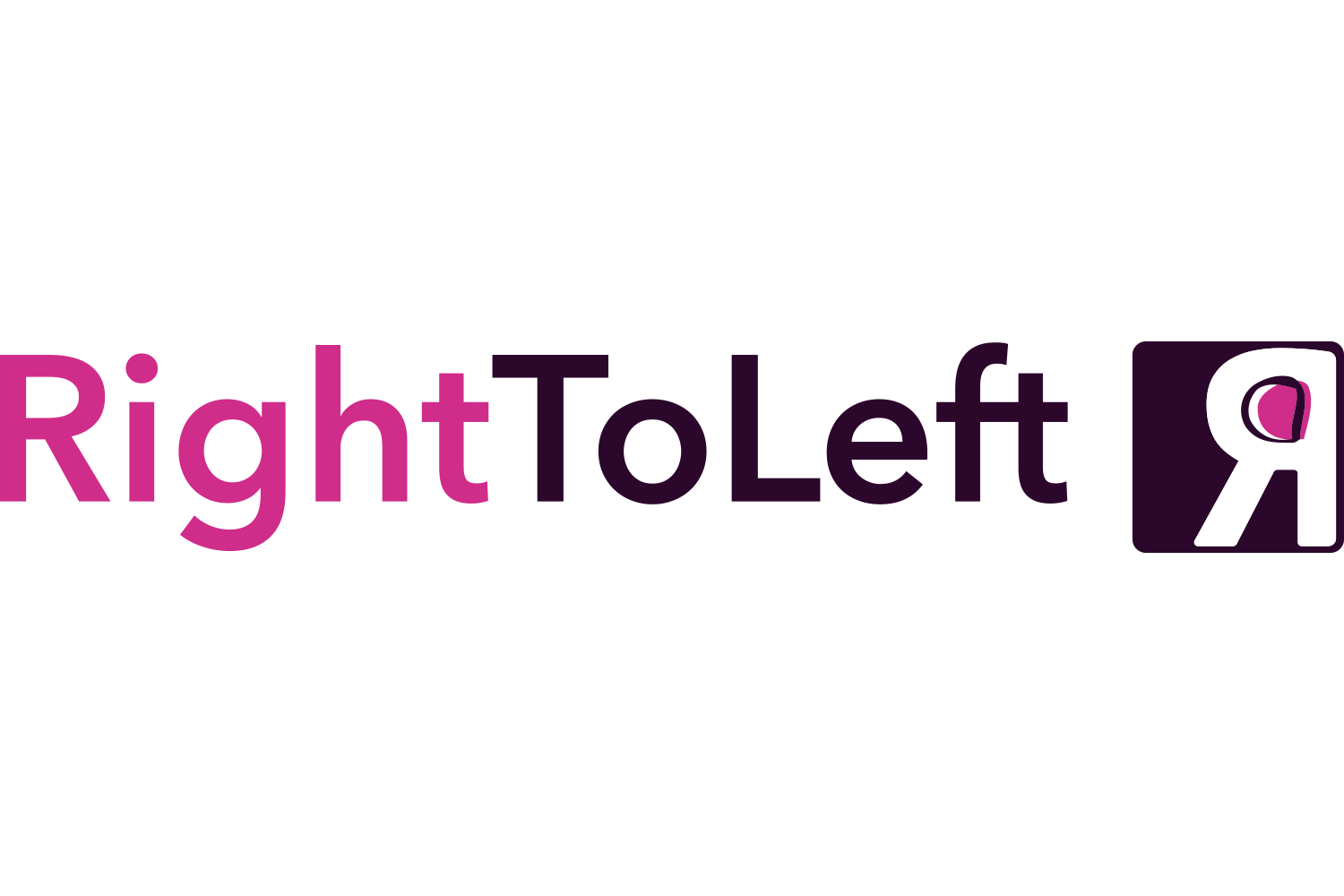Top 10 tips for developing high-performing product teams
Time and time again, I see teams that have mastered the process around lean and agile product development fail to see great outcomes. They might shuffle story cards and make sure they measure what they build, but still, they fail. Why?
The reality is that they are still clinging on to their trusted SOTP (seat-of-the-pants) or BDUF (big-design-up-front) approach, which they have mapped onto lean agile ceremonies and artefacts. This happens when teams fail to embrace a collaborative culture.
I believe culture is the biggest blocker to realising high-performing teams. It is not enough to focus on company culture alone, which John Cutler beautifully defines as a list of the behaviours that should occur daily or as a reaction to triggers (i.e. when things go wrong). The game changer is an obsession with team or group culture.
Performing teams have a strong connection, one in which a fear of looking dumb is minimal. Individuals are not afraid to speak up and so are able to add value. How?
Malcom Gladwell puts the high proportion of self-made millionaires being dyslexic down to the fact that their disability gave them a unique kind of learning through school. They learned not to fear the humiliation typically felt by failing. Instead, they gave big ideas a go. So it stands to reason that a team of people who feel safe can be empowered by the lack of a fear of failure. In other words, a safe team believe they can achieve big goals.
I can recall teams who have really performed and delivered on big goals. I suspect that, if measured, they would have had high psychological safety. I can also recall teams in which the individuals worked hard, but something between them didn’t click. As such, they did not deliver big value.
In his book The Culture Code, Daniel Coyle focuses specifically on culture at a group level, on how individuals interact and how behave at the granular level. He simplifies complex psychology into three key skills for leaders at all levels:
Build safety
Share vulnerability
Establish purpose
When I reflect on lean and agile teams that have performed well, I notice that they were often inside companies with cultures that were far from ideal. Group culture can exist even when the company culture does not support it. But of course, a great group culture that’s embedded in a great company culture is magic. We see this in organisations such as Google, Facebook, Zappos etc. It quickly creates billion-dollar companies.
It seems obvious to develop teams in which failure is not punished, but deliberately doing this in a sustainable manner is not so easy. Considering the skills identified by Coyle and using my experience of working with product development teams, I’ve come up with my top 10 tips for encouraging and sustaining a collaborative team through group culture:
Have fun together; it’s good to laugh.
Celebrate sprint demos. There’s nothing wrong with a fist bump and a slice of cake.
Work with the team to dig into OKRs and objectives, and set a clear north star.
Lead epic kick-offs with the aim of ensuring that everybody understands the outcome. Talk separately with those who are struggling to help them get aligned.
Support your team by regularly doing less attractive tasks, such as the triaging of bugs, the typing up of actions, the writing of GitHub tickets during epic kick-offs etc.
Support and challenge individuals and connect team members appropriately (e.g., by suggesting people talk straight after stand-up).
Encourage short but frequent bursts of communications around epics and stories (e.g., two-line line comments on GitHub, Slack, at stand-up etc.)
Show you care about every team member by watching out for those overworking and supporting an individual’s ambitions of growth.
Lunch together regularly; don’t just talk about the project at hand.
Have regular retrospective meetings, but ensure the review focuses on actions that will improve your team’s processes and well-being.
These tips specifically help to increase a sense of belonging for everyone on the product team which, according to Coyle, is the key differentiator. So, to what extent do your team members feel like they belong?

